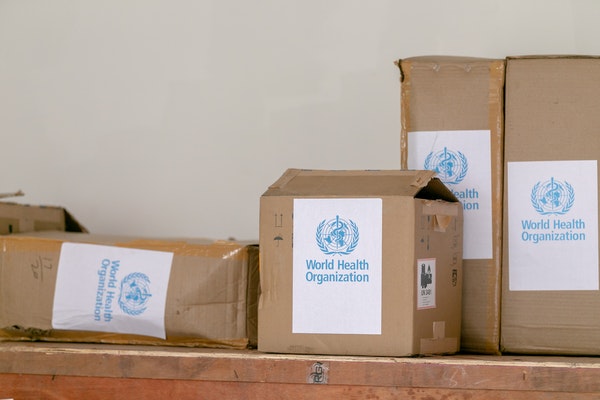Physical Address
304 North Cardinal St.
Dorchester Center, MA 02124
WELLNESS | SKIN CARE | HEALTH CARE
WELLNESS | SKIN CARE | HEALTH CARE


The World Health Organization, part of the UN, serves a multitude of functions, ranging from providing direct humanitarian aid to establishing global days focusing on the necessity of blood.
The World Health Organization is the arm of the United Nations that specializes in health issues facing many countries around the world. The World Health Organization was established in 1948. On its Web site, it states that its objective is “the attainment by all peoples of the highest possible level of health,” and health is defined as “not simply the absence of illness or disability, but a condition of full bodily, mental, and social well-being.”
The World Health Organization is governed by 192 member states through the World Health Assembly, including countries such as Albania, Belarus, Ecuador, France, Lebanon, New Zealand, Thailand, China, Canada, and the United States of America. The Health Assembly is composed of representatives from these and other member states of the World Health Organization.
The World Health Organization highlights important issues ranging from polio eradication, interpersonal violence, measles, tobacco control, AIDS/HIV, and updates on disease outbreaks.
Issues currently at the forefront of the World Health Organization’s concerns include the measles immunization of two million children in Darfur, the humanitarian crisis in Sudan, the various humanitarian issues facing the residents of Iraq, and the drive to provide HIV/AIDS treatment for two million people by the end of 2005. The World Health Organization also highlights more positive happenings, such as the World Blood Donor Day.
The first ever World Blood Donor Day put on by the World Health Organization was June 14, 2004, and was aimed at raising awareness about the lack of blood supplies among developing countries. World Blood Day was dedicated to the unsung heroes — the voluntary, unpaid blood donors around the world.
The World Health Organization also publishes a guide entitled “International Travel and Health” that offers guidance on the full range of health risks one would encounter in a specific country, whether on travel for business, leisure or humanitarian reasons. The World Health Organization published the guide to assist the medical profession in assessing potential risks and to provide appropriate advice for recommended vaccinations, protection against insects, and safety in different environmental settings. The guide also provides helpful information about vaccines and other measures to prevent against disease while traveling abroad.
The World Health Organization also publishes a quarterly journal that discusses pharmaceutical information of relevance to drug regulatory authorities, academic and training institutions, research institutions, and pharmaceutical manufacturers worldwide. This journal published by the World Health Organization also examines the development of trends that impact the manufacturing, prescribing and access of drugs throughout the world.
The World Health Organization also discusses the impact disease has on us from aspects of our environment. A report from the 2002 World Health Organization found that, from a global analysis of the burden of disease, being underweight was the number one factor for disease, followed by unsafe sex practices that result in such diseases as HIV/AIDS.
The World Health Organization continually strives to improve the quality of health for those in developing countries. The World Health Organization also serves to remind and highlight certain issues and humanitarian problems that developed countries need to address (domestic violence, for example).